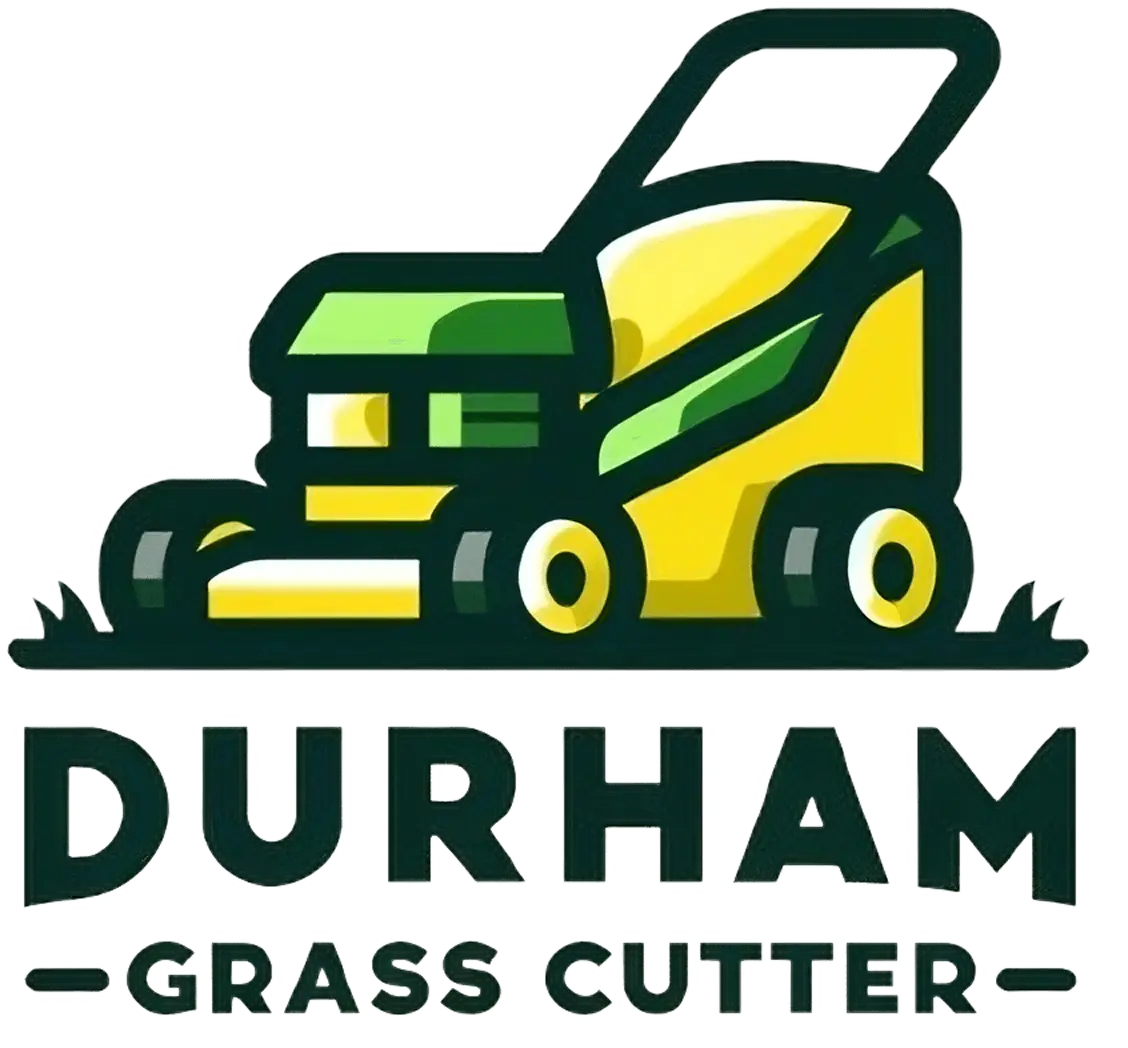Consideration is given to commencing an urban garden, yet uncertainty hinders the initiation process.
An examination of the advantages and obstacles associated with urban gardening is conducted, alongside an analysis of key factors to contemplate when selecting suitable flora for the designated area.
A compilation is presented outlining the premier 10 consumable plants that flourish within urban settings, accompanied by recommendations on optimizing spatial and resource efficiency to ensure a prosperous yield.
Irrespective of one’s level of horticultural expertise, this comprehensive manual caters to all individuals aspiring to cultivate their own sustenance amidst urban landscapes.
Benefits and Challenges of Urban Gardening
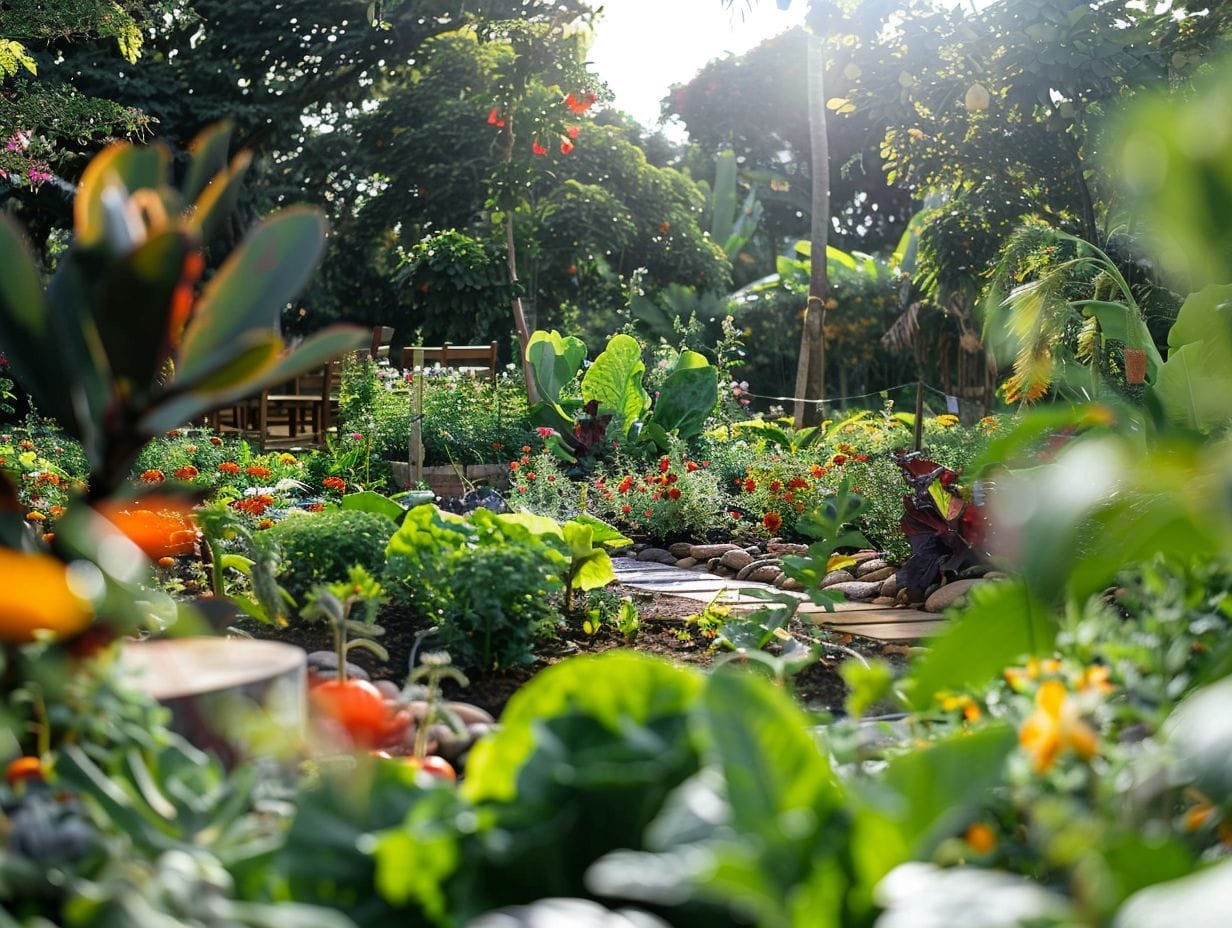
Urban gardening delivers a multitude of advantages, including the provision of fresh produce, promotion of healthy dietary habits, and reinforcement of community food security. However, the practice also introduces obstacles such as constrained space and potential soil contamination.
Participation in urban gardening plays a pivotal role in sustainable living by diminishing the dependence on long-distance food transportation, thereby reducing carbon emissions. Through the local cultivation of fruits and vegetables, urban gardeners contribute to the mitigation of greenhouse gases and the conservation of natural resources.
Community gardens not only nurture a sense of community and collaboration but also function as educational centers where individuals can acquire knowledge about gardening, nutrition, and environmental conservation. Despite the spatial constraints in urban settings, innovative approaches such as vertical gardening, rooftop gardens, and hydroponic systems are instrumental in optimizing cultivation capacities.
Choosing the Right Plants for Your Garden
Selecting the appropriate plants for your garden is imperative for a successful home gardening endeavor, particularly for novices, as it guarantees a plentiful yield of herbs, fruits, and vegetables that are not only nutritious but also well-suited to your specific local environment.
Factors to Consider
When one is choosing plants for their garden, it is crucial to take into account various factors such as the growing season, harvest timing, and specific care needs of each plant. Understanding the growing season and harvest time of different plants can profoundly impact the success of a garden. By having knowledge of the appropriate timing for planting, nurturing, and harvesting each variety of flora, one can ensure optimal growth and yield.
Implementing techniques such as container gardening, where plants are cultivated in pots or containers rather than traditional garden beds, can prove advantageous for individuals with limited space. Another method to maximize space is vertical gardening, which involves growing plants upwards on structures like trellises or walls.
Furthermore, integrating permaculture principles, which emphasize sustainable and self-sufficient agricultural systems, can further elevate the productivity of a garden.
The Top 10 Edible Plants for Urban Gardens
Urban gardens have the potential to flourish when cultivated with a varied assortment of edible plants, encompassing vegetables, herbs, and fruits. These plants are specifically chosen for their compatibility with city environments and serve to yield fresh produce for culinary use.
1. Tomatoes
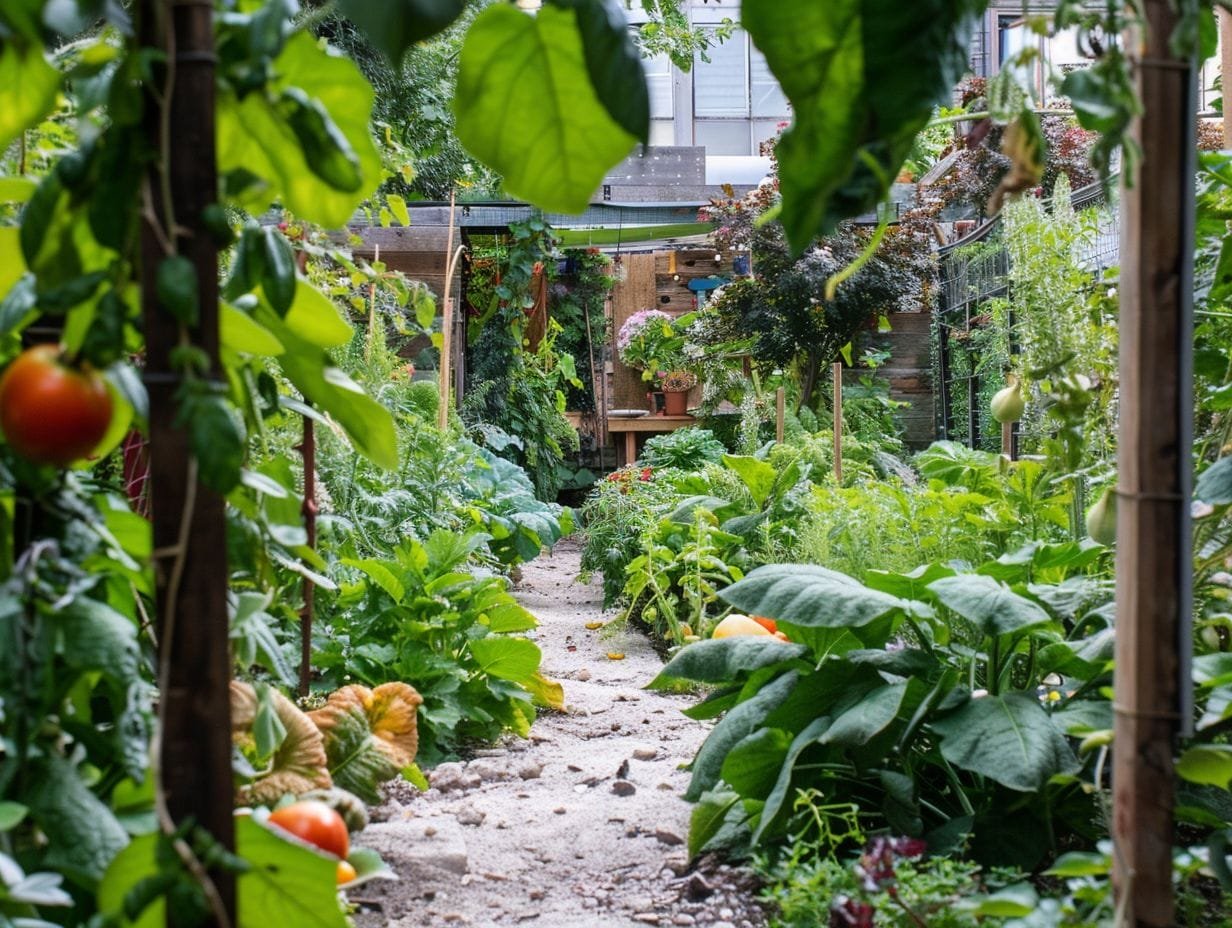
Tomatoes are a widely favored choice for urban gardens mainly due to their versatility in culinary applications and the ease of cultivating them in containers. They are considered among the most gratifying plants to cultivate, delivering a plentiful harvest when provided with proper attention.
To commence the planting process, it is recommended to designate a sunny location, as tomatoes flourish in full sunlight. Employ well-draining soil and ensure consistent watering to maintain soil moisture levels adequately without causing waterlogging. Utilizing organic mulch around the plants can aid in moisture retention and weed suppression.
Pruning is a crucial practice to promote robust growth and enhance air circulation. As the plants reach maturity, vigilant monitoring for ripe fruits is advised, and harvesting should be carried out when the fruits exhibit firmness, full coloration, and optimal flavor.
2. Peppers
Peppers represent a valuable addition to any urban garden due to their diverse flavors and nutritional properties, rendering them a fundamental component in various culinary traditions. These adaptable vegetables are available in a variety of shapes, sizes, and levels of spiciness, encompassing bell peppers, jalapeños, cayenne, and habaneros, thereby permitting urban gardeners to explore a spectrum of tastes.
Peppers are notably abundant in vitamins A and C, furnishing essential antioxidants crucial for a balanced diet. To facilitate optimal growth, peppers necessitate well-drained soil, abundant sunlight exposure, and consistent watering. Urban farming enthusiasts can attain a plentiful yield of nutrient-rich peppers by diligently attending to their needs and proactively managing common challenges such as pests and diseases.
3. Lettuce
Lettuce is a rapidly developing vegetable ideally suited for home cultivation, yielding fresh and crisp leaves that can be harvested multiple times during the growing period.
When selecting a location for planting lettuce, it is crucial to opt for an area that receives partial shade to prevent leaf wilting due to exposure to intense sunlight. Before planting, it is advisable to prepare soil that is well-draining and enriched with compost to promote robust growth. Consistent watering is essential for lettuce cultivation, with the objective of maintaining soil moisture at a consistent level without causing waterlogging.
To harvest lettuce effectively, it is recommended to begin by picking the outer leaves, allowing the inner leaves to continue maturing for subsequent harvests. The inclusion of lettuce in a home garden not only ensures a continuous supply of fresh produce but also contributes vibrant green foliage to the outdoor environment.
4. Spinach
Spinach is a vegetable rich in nutrients that prospers in urban gardens, providing a substantial supply of essential vitamins and minerals per serving.
The optimal conditions for cultivating spinach encompass well-draining soil with a pH ranging between 6.5-7.5, exposure to full sun or partial shade, and maintaining consistent moisture levels. Spinach necessitates approximately 1 inch of water per week to sustain soil moisture at a consistent level without causing waterlogging.
This leafy green vegetable is abundant in essential nutrients such as iron, vitamin A, and vitamin C, rendering it an excellent complement to a balanced diet. The best time for harvesting spinach typically coincides with the period when the leaves are young and tender, typically around 4-6 weeks following planting, before signs of bolting become evident.
5. Herbs
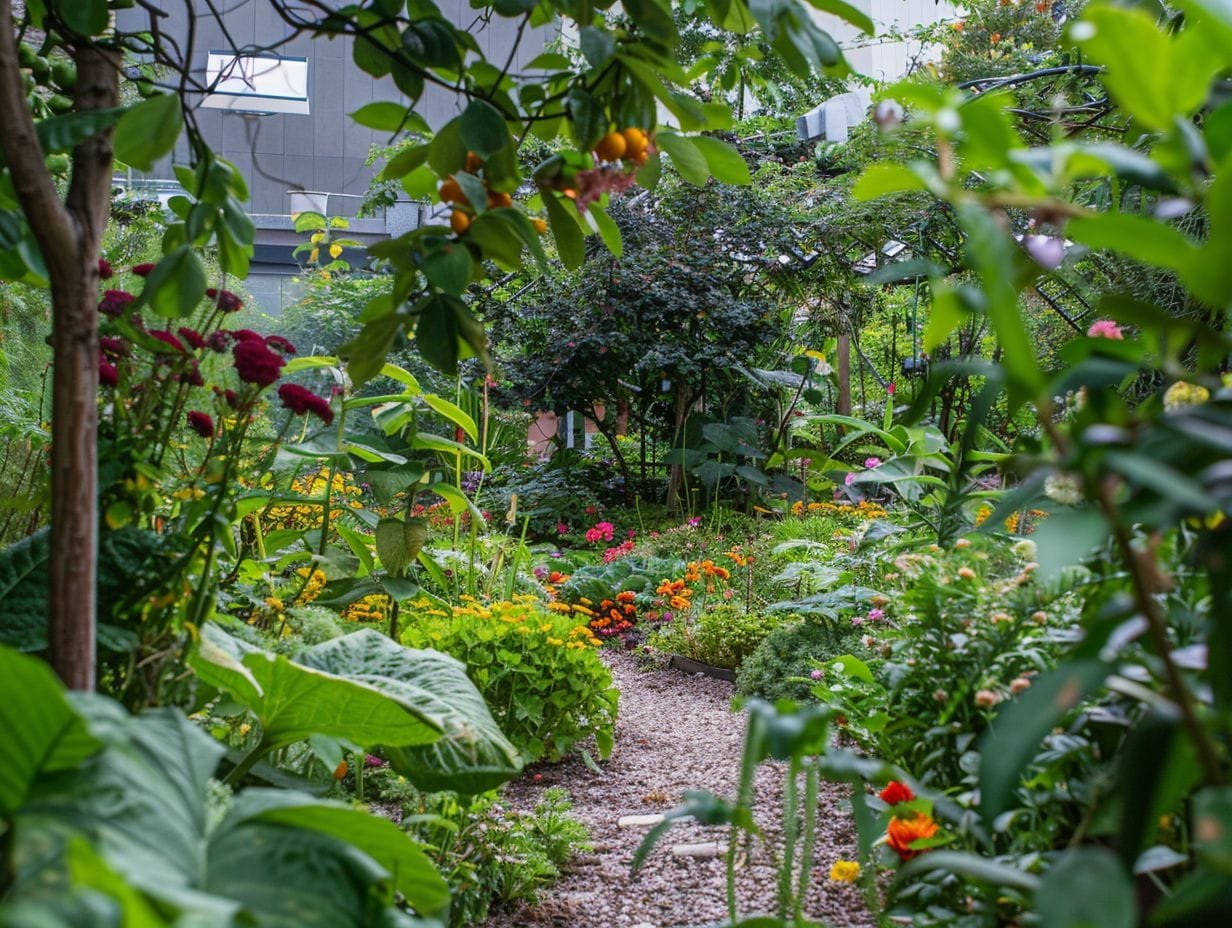
Herbs such as basil, mint, and parsley are critical components of any urban garden, offering fresh flavors for culinary purposes and flourishing within containers.
These culinary herbs not only elevate the taste of dishes but also introduce a verdant element to your living area. The advantage of cultivating them in containers lies in the flexibility to relocate them in order to optimize their exposure to sunlight and temperature conditions.
When cultivating basil, it is imperative to ensure it receives a minimum of 6-8 hours of sunlight each day, while maintaining the soil consistently moist, yet avoiding waterlogging. Conversely, mint prospers in partial shade and necessitates regular watering to maintain the soil’s even moisture levels. Parsley, alternatively, favors well-draining soil and regular watering, with the recommendation to allow the top inch of soil to dry out before administering water once more.
6. Carrots
Carrots, as a root vegetable, are conducive to cultivation in urban gardens, providing a nutritious and adaptable dietary option. They flourish in well-drained, friable soil enriched with ample organic material, such as compost or matured manure, to promote optimal development.
Selecting a sunny location and judiciously spacing the seeds approximately 2 inches apart are fundamental aspects when planting carrots, ensuring adequate space for their growth. Consistent watering, particularly in arid conditions, is imperative to maintain soil moisture levels.
Carrots are esteemed for their high content of beta-carotene, fiber, and vitamins, serving as a wholesome selection for home gardeners aiming to enhance their nutritional intake.
7. Radishes
Radishes are a rapidly maturing vegetable that can be ready for harvest within a month, rendering them highly suitable for urban gardens aiming to procure fresh produce promptly.
They require relatively minimal attention and have straightforward cultivation requirements, rendering them particularly well-suited for novice gardeners or individuals with constrained gardening areas. Radishes flourish in well-drained, loose soil and thrive under cooler temperature conditions, making them amenable to planting in the early spring or autumn. Regular watering is imperative to maintain consistent soil moisture levels without inducing waterlogging. These adaptable vegetables can be cultivated in containers, raised beds, or directly in the ground, offering urban gardeners a versatile option to optimize their available growing space.
8. Cucumbers
Cucumbers exhibit robust growth in urban gardens, particularly when cultivated vertically, thus presenting a revitalizing addition to salads and various culinary creations.
The practice of vertical gardening yields manifold advantages for cucumbers, notably by optimizing spatial constraints prevalent in compact urban settings and facilitating enhanced air circulation, thereby mitigating the likelihood of diseases.
Alternatively, the method of container gardening stands as an exemplary approach for fostering cucumber growth, affording flexibility in placement and expeditious mobility. In tending to cucumbers, it is imperative to administer consistent watering to avert bitterness while furnishing adequate assistance for the vines to ascend.
These versatile vegetables not only offer gustatory delight but also serve as an critical component in a thriving vegetable garden, thereby contributing to a prolific harvest.
9. Strawberries
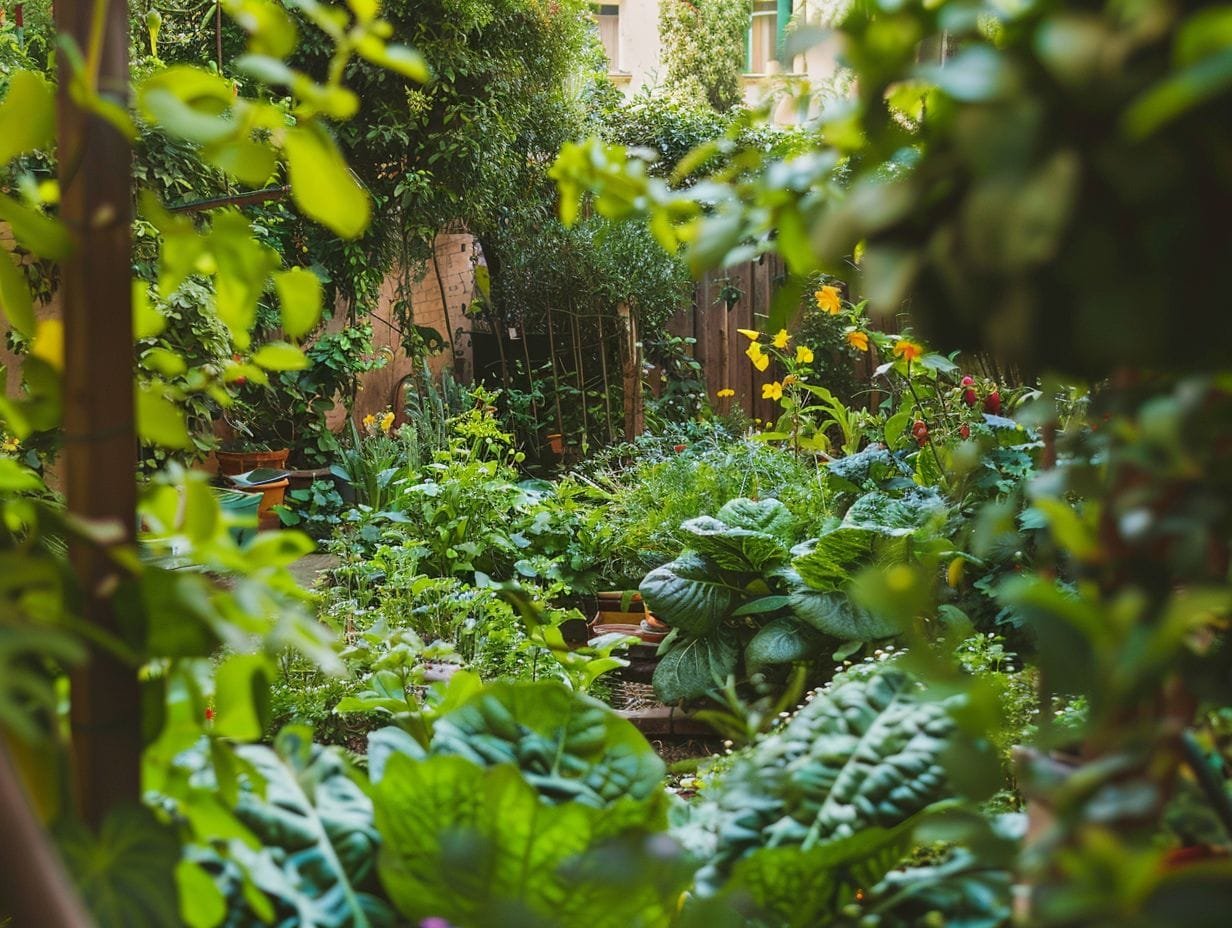
Strawberries are considered a delightful fruit suitable for cultivation in urban gardens, as they yield sweet berries ideal for both immediate consumption and preservation.
This fruit is a favored option among gardeners because of its adaptability and low maintenance requirements. One of the recommended methods for cultivating strawberries is through container gardening, as it provides greater control over soil quality and pest management. When pursuing container gardening, it is imperative to ensure that the containers possess adequate drainage and are positioned in a location that receives ample sunlight. Consistent watering of the plants, while avoiding wetting the foliage, is essential in preventing diseases. Implementing proper care practices, which involve routine pruning of runners and supplementation with a balanced fertilizer, will facilitate robust growth and enhance the yield of delectable strawberries.
10. Blueberries
Blueberries serve as an excellent addition to any urban garden, providing nutrient-dense berries suitable for snacking and culinary purposes. To flourish optimally, blueberries necessitate well-drained soil with a pH level ranging between 4.5 and 5.5, indicative of an acidic milieu. Moreover, for optimal growth, blueberries thrive in full sun exposure for a minimum of six hours daily to yield abundant harvests.
Renowned for their delectable taste and high nutritional value, blueberries are rich in antioxidants, fiber, and essential vitamins, rendering them a wholesome choice for a balanced diet. Due to the compact nature of numerous blueberry cultivars, they are highly adaptable to urban settings, whether cultivated in containers on balconies or in modest garden plots.
Tips for Growing Edible Plants in Urban Environments
Cultivating edible plants in urban settings necessitates the implementation of tailored planting strategies and methodologies to address spatial constraints and promote robust plant development.
Maximizing Space and Resources
Efficient utilization of space and resources plays a vital role in the success of urban gardening. By employing strategies such as container gardening, vertical gardening, and permaculture, gardeners can maximize their yield within confined spaces.
Vertical gardening structures provide an effective means of capitalizing on vertical spaces, whether through the use of wall-mounted planters, trellises, or hanging baskets. By cultivating plants vertically rather than horizontally, gardeners can optimize their cultivation area. The selection of space-efficient plants, such as dwarf varieties or those amenable to vertical growth training, further aids in maximizing space usage. Furthermore, incorporating permaculture principles fosters efficiency by establishing self-sustaining ecosystems within the garden, diminishing the dependence on external resources and fostering biodiversity.
